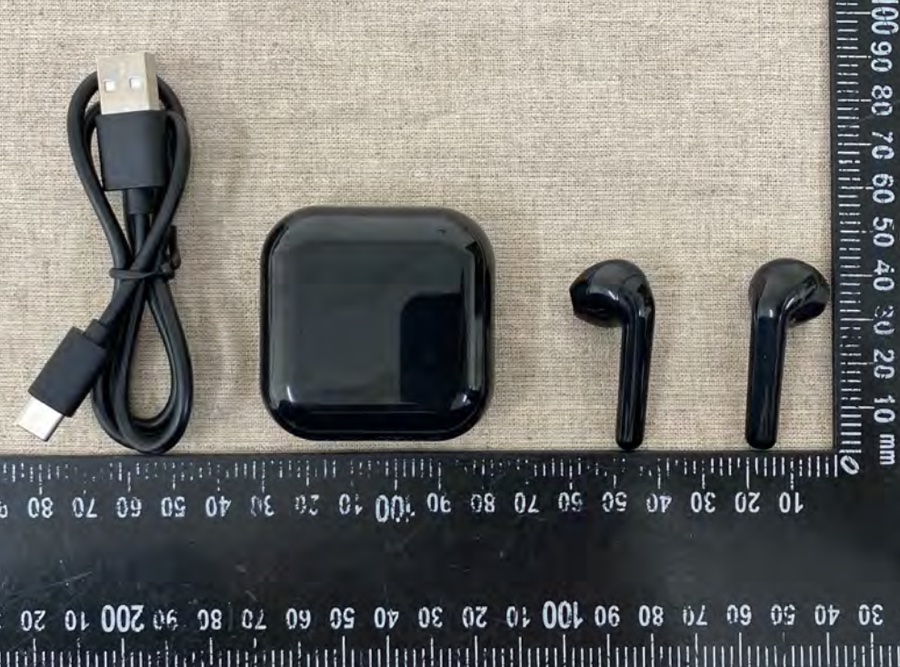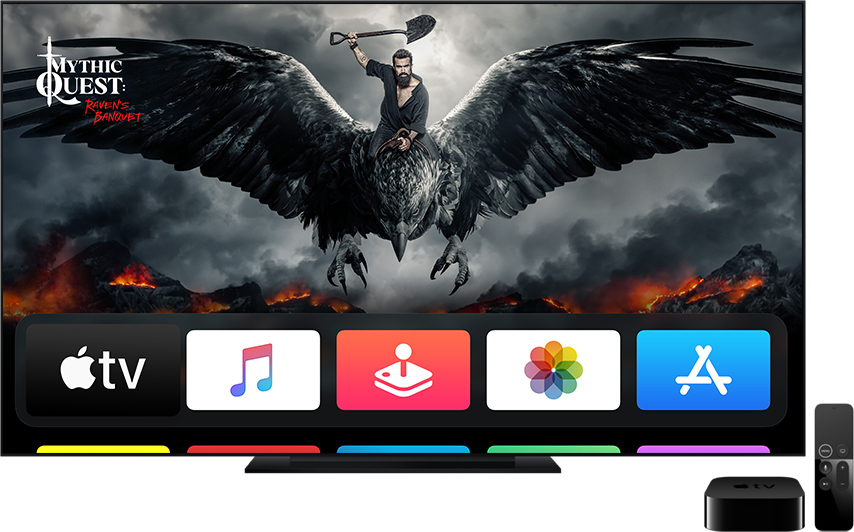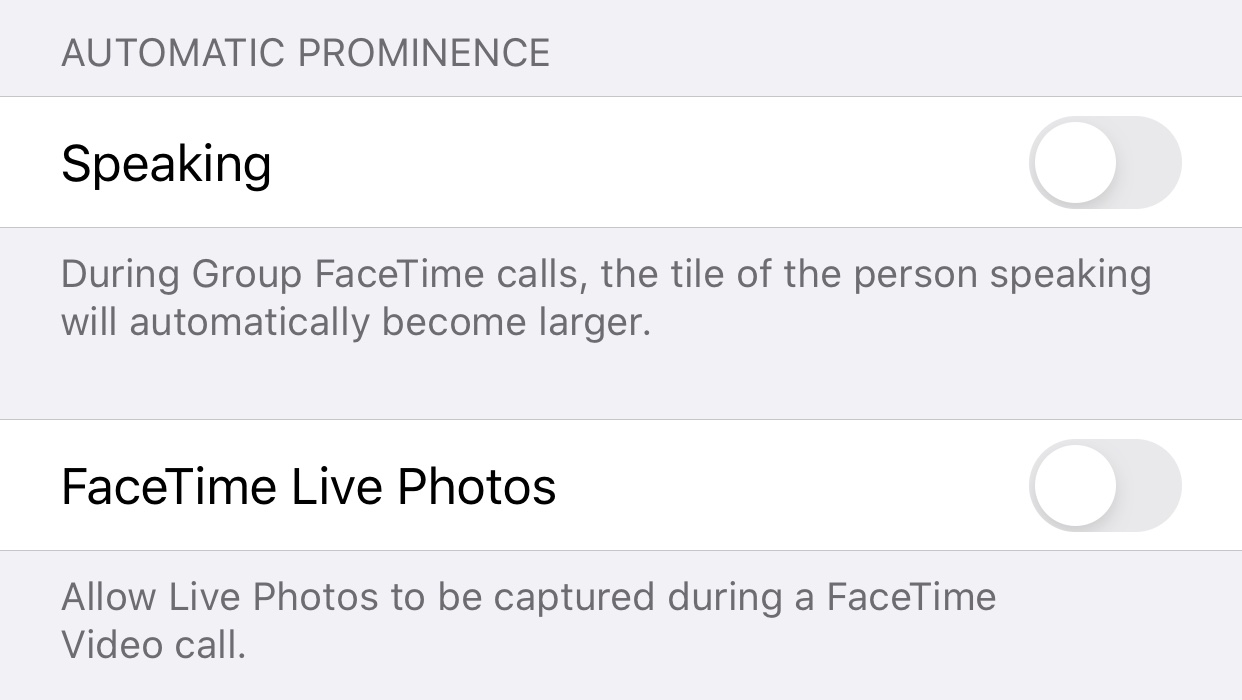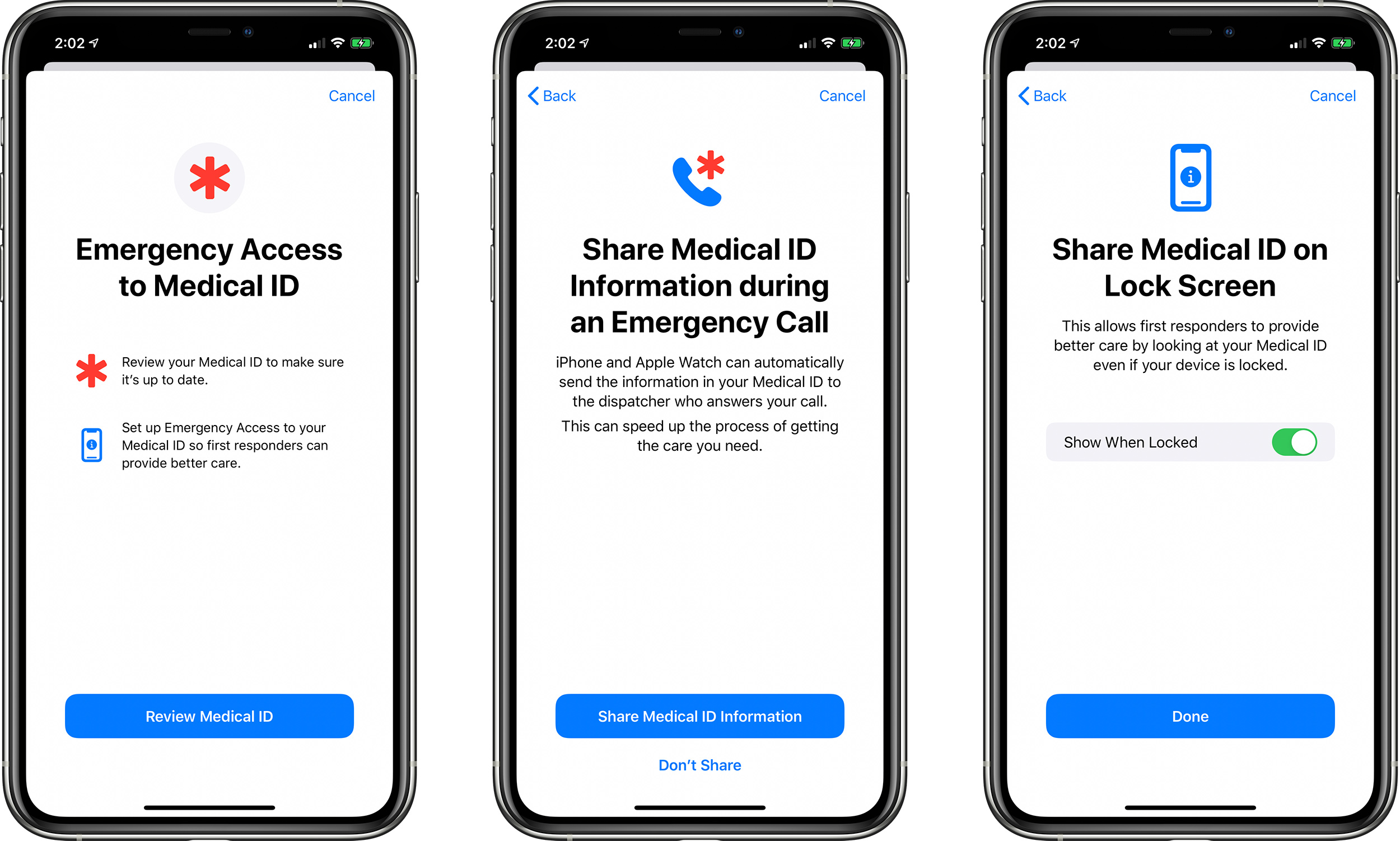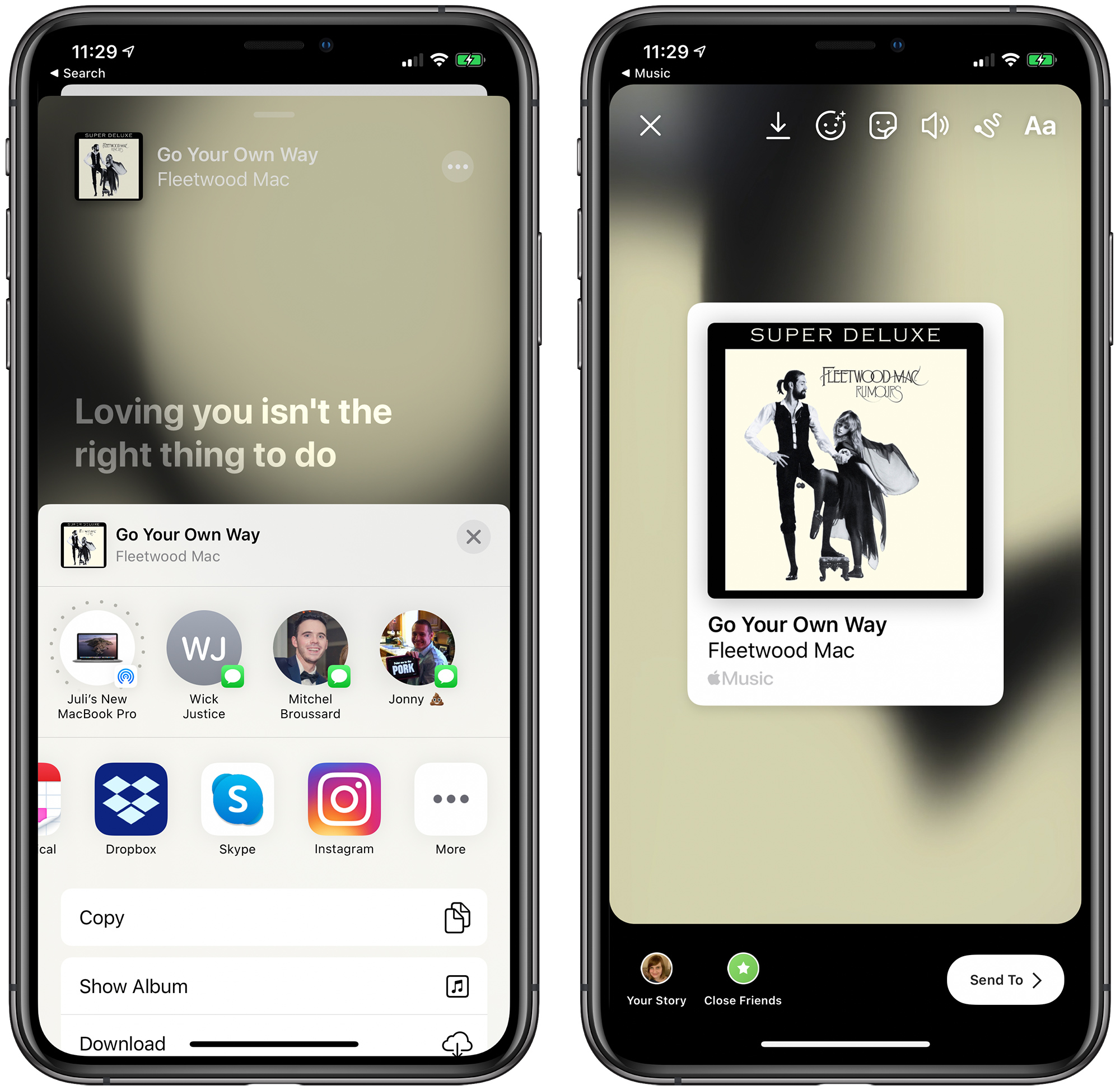https://ift.tt/2KNWGG0
Apple's upcoming iPhones will all use flexible OLEDs sourced from either Samsung, BOE, and LG Display, with some new features like 10-bit color expected, according to a report from display analyst Ross Young.
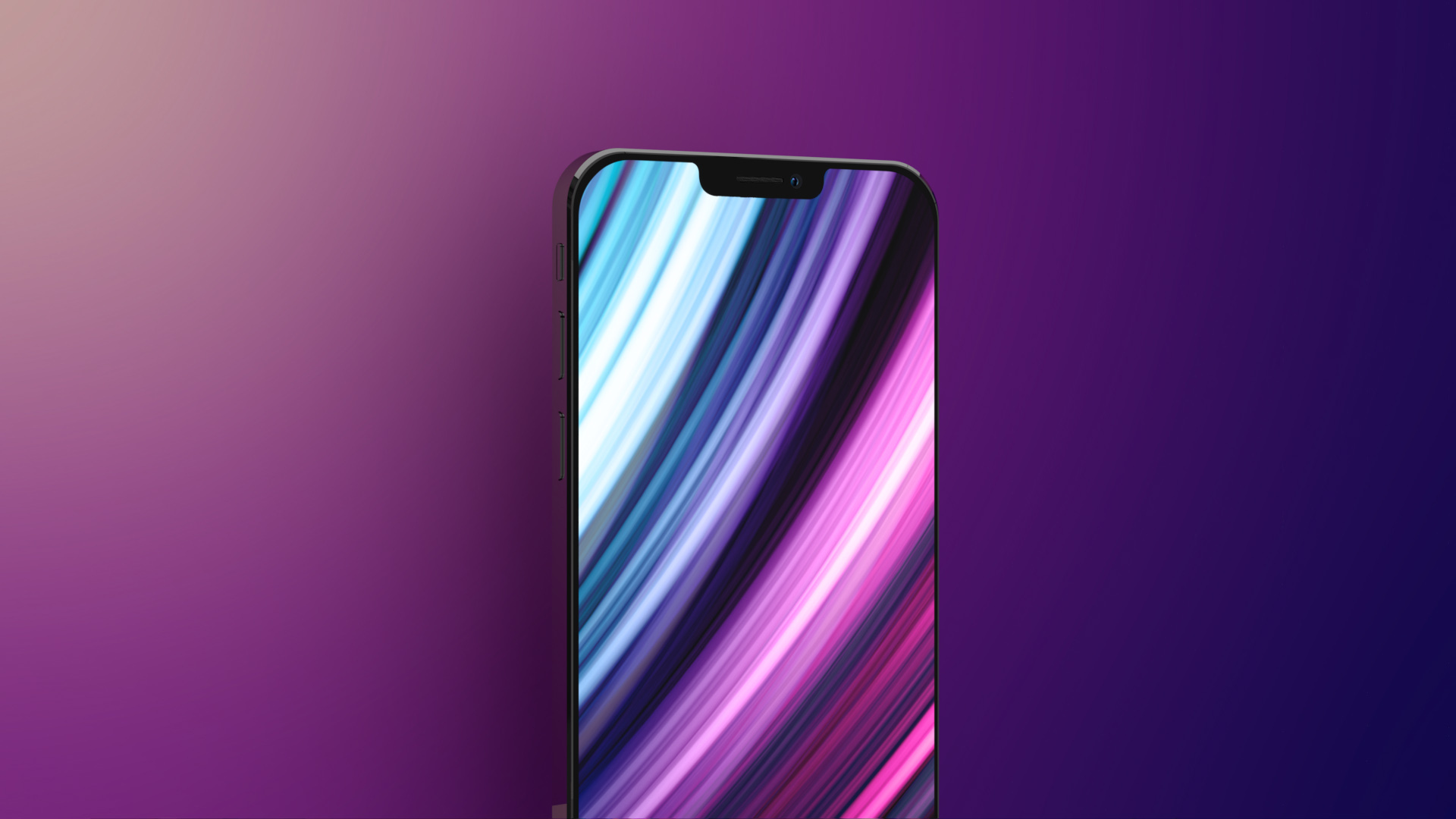
On his site
Display Supply Chain Consultants (DSCC), Young details "corrections and confirmations" on what we can expect from Apple's upcoming 2020 iPhone lineup, which will consist of four new smartphones.
Some of these are rumors that we've heard before, while other information, mostly specific to displays, is new.

5.4-inch iPhone 12
Young says that the iPhone 12 will feature a flexible OLED display from Samsung Display, with
Y-OCTA integrated touch. Y-OCTA is Samsung flexible display technology where the touch sensor is placed directly on the OLED panel without the need for a separate touch layer.
The 5.4-inch iPhone will feature a 2340 x 1080 resolution and 475 PPI.
6.1-inch iPhone 12 Max
The 6.1-inch "iPhone 12 Max" as Young calls it is expected to feature a flexible OLED sourced from BOE and LG Display with an add-on touch sensor and a resolution of 2532 x 1170 and 460 PPI.
6.1-inch iPhone 12 Pro
The higher-end Pro version of the 6.1-inch iPhone coming in 2020 will feature a Samsung Display flexible OLED, and Young says it will be one of the first smartphones with 10-bits of color, for more vibrant, true-to-life colors and a richer variety of color gradations.
The 6.1-inch iPhone 12 Pro is not expected to have Y-OCTA technology and it will feature the same resolution as the 6.1-inch iPhone 12 at 2532 x 1170 and 460 PPI.
Young says that Apple may be bringing extreme dynamic range (XDR) to its iPhone lineup, which is specified as 1,000 nits of full screen brightness and 1,600 nits of peak brightness. Samsung displays can't hit this level, though, and thus if Apple does use XDR, XDR specifications will need to be tweaked.
Apple is rumored to be linking XDR (extreme dynamic range) compatibility to the iPhone 12 series. XDR performance on its monitors is specified by Apple as 1000 nits of full screen brightness, 1600 nits of peak brightness, 1M:1 contrast, 10-bits of color and ~100% P3 wide color gamut. To date, Samsung Display has only achieved 1342 nits of peak brightness and full screen brightness of 828 nits on smartphones, so if Apple does use XDR, the XDR specifications for brightness will need to change. Given the lower black levels in its OLED smartphones vs. its XDR monitor, contrast should actually be higher on its smartphones, in fact, DisplayMate measures the latest Samsung Display OLED contrast ratios as infinite in low ambient light.
Young also reiterates details he's
previously shared about rumors suggesting Apple will bring 120Hz ProMotion displays to the iPhone 12 lineup.
Apple's iPhone 12 is not expected to use low-power LTPO technology, a feature Young believes is necessary for a fully functional 120Hz display given the power saving capabilities of LTPO technology.
Without LTPO, 120Hz is still possible, but it could be limited to non-native resolutions or it will be a significant power drain.
6.7-inch iPhone 12 Pro Max
The largest iPhone 12 Pro model that Apple plans to release in 2020 will feature a 6.68-inch display with a resolution of 2778 x 1284 at 458 PPI.
Young believes this model will have Y-OCTA support, 10-bit color, and will be XDR capable. Like the iPhone 12 Pro, it could also have a 120Hz refresh rate, but again, without LTPO.
Production
According to Young, panel production on components for the new 2020 iPhones will start approximately six weeks late, which means it will begin at the end of July. Young believes that this implies a delay in the iPhone 12 launch from September to October. There have been
other rumors suggesting a
possible delay, and Apple did stagger the launches of the iPhone XS and XR in 2018, so we could see a similar situation this year.
This year's iPhones are expected to feature OLED across the board, smaller notches for the front-facing camera, 5G for all models, and more, with full details on what to expect
available in our iPhone 12 roundup.
This article, "
Resolutions and Features of All-OLED iPhone 12 Lineup Detailed in New Report" first appeared on
MacRumors.com
Discuss this article in our forums

from MacRumors: Mac News and Rumors - All Stories https://ift.tt/36cm6XR
